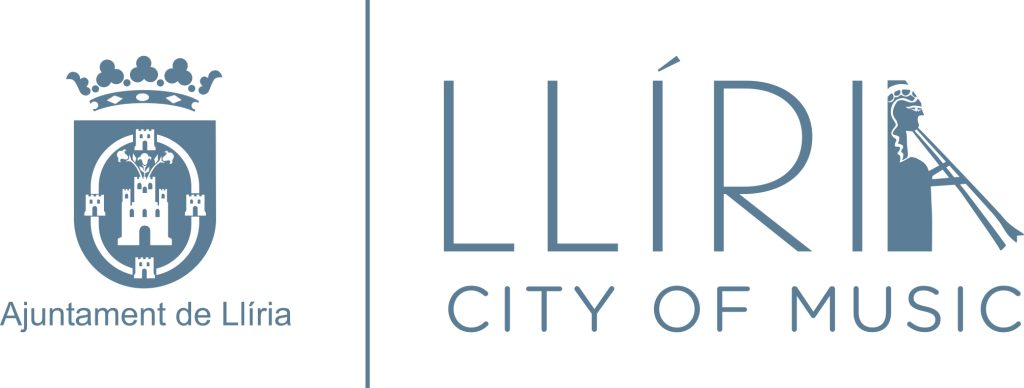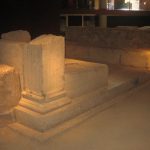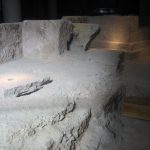THE LLIRIANO DIRECTOR, JOSÉ MIGUEL RODILLA, WILL LEAD THIS GROUP THROUGH THE LANDS OF SOUTH KOREA.

This August, the ensemble Double Quintet “Llíria City Of Music” culminates its international tour with a visit to Asian lands, specifically in South Korea, where it will offer several concerts in the cities of Hamyang, Wonju, Seoul and Daejeon. Performances that will perform both the Double Quintet solo and in collaboration with the Korea Youth Orchestra.
As explained by the councilman of Artistic Education and UNESCO Creative City, Paco Garcia, the Edetana group, formed by musicians of the two musical societies, conducted under the baton of the prestigious international conductor and musician lliriano, José Miguel Rodilla, will be touring the country from 16 to 26 August.
This musical project has been framed within the objectives of internationalization included in the Strategic Plan of UNESCO Creative City 2019-2023, where one of the proposals was the collaboration and musical exchanges with other countries to publicize our town through our musicians.
Prior to the tour, conductor José Miguel Rodilla and professor Andrés Simeó Máñez, have also participated in the coordination of the Master-Class in Conducting at the Classic Academy, in the City of An-Yang, and have been part of the jury of the Festival of Youth Orchestras and Bands in Hamyang.
García points out that, through the network of Creative Cities or UNESCO World Heritage Sites, the City of Llíria has been able to open several channels of participation and collaboration within the musical sphere, where the music from Llíria can be present in the best national and international auditoriums, exporting the talent of our professionals to various parts of the world.
The program chosen for the different concerts that the Double Quintet will perform in Korean lands will include works by international composers such as Mozart, Chopin, Bizet, Marra and Granados.









